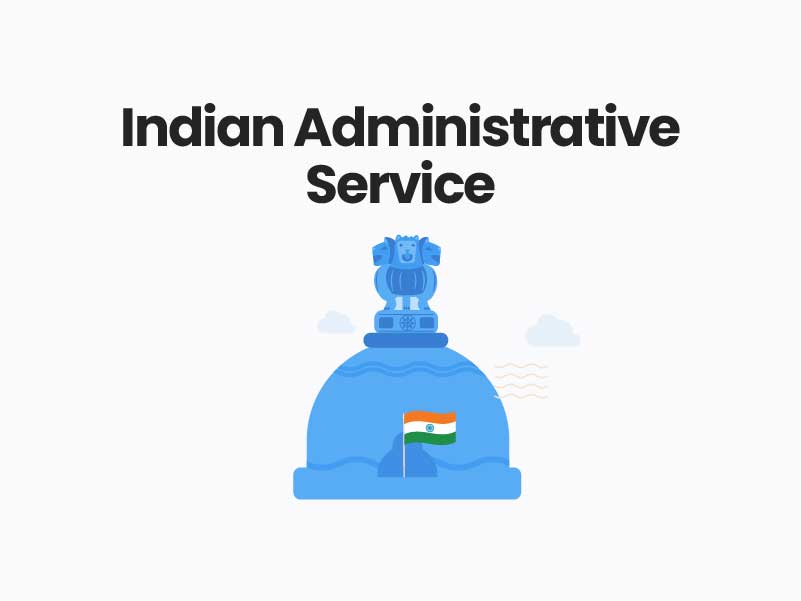Companion@360 → 7 Month programme to sharpen your writing skills → REGISTER NOW

Indian Administrative Service (IAS) the “steel frame” of India’s government machinery.
Sardar Patel famously called the Indian Administrative Service (IAS) the “steel frame” of India’s government machinery. He, and many others, viewed the IAS as the solid foundation upon which the rest of the bureaucracy rested, a bastion of the nation’s best and brightest providing unfailing support to others in government. To this day, even with vastly increased opportunities in the private sector, the IAS continues to attract India’s best and brightest. Yet, despite the exceptional talent within the IAS, the institution no longer serves the greater interest of the country. Instead, there are reasons to believe that it might be hampering the country’s development.
Key Insights Into the IAS
- For officers early in their careers, exam scores and education are highly predictive of future success.
- Older officers who enter the service as part of larger cadres face limited career prospects and are less effective at improving economic outcomes.
- While initial characteristics heavily shape career trajectories, in the long term, there are clear rewards for officers who systematically invest in training or acquire specialized skills.
- Individual bureaucrats can have strong, direct, and measurable impacts on tangible health, education, and poverty outcomes.
- Surprisingly, officers with strong local ties—thought to be vulnerable to corruption—are often linked to improved public service delivery.
- Political interference generates substantial inefficiency: the best officers do not always occupy important positions, while political loyalty offers bureaucrats an alternative path to career success.
- Counterintuitively, greater political competition does not necessarily lead to better bureaucratic performance.
The IAS of today is hampered by several concomitant issues:
- A decline in the quality of recruits.
- Political interference.
- Perverse incentives for career advancement.
- A lack of specialized expertise.
- Perception of widespread corruption.
These infirmities have compromised the ability of the IAS to fulfill its mandate.
Reform Agenda for the Civil Service:
- The central and state governments should pass and implement pending legislation that protects bureaucrats against politically motivated transfers and postings. Despite judicial prodding, most states have stalled on such moves.
- The IAS should use data on civil servants’ abilities, education, and training when placing officers early in their careers. As officers gain experience, performance metrics can inform key decisions about promotion and allocation.
- The government should consider the proposal that officers deemed unfit for further service at certain career benchmarks be compulsorily retired through a transparent and uniform system of performance review. While the present government has moved in this direction, this procedure should be institutionalized.
- State and central governments should discuss whether state cadres should be given greater latitude to experiment with increasing the proportion of local IAS officers and track their relative performance.
- Further research is needed to better understand the impact of local officers on development outcomes, to develop data on bureaucratic efficiency among officers in senior posts, and to systematically examine the workings of state-level bureaucracies.
Conclusion:
- Reforming the IAS will not be easy. The IAS is possibly the most powerful professional association in the country and will likely be resistant to any reform that encroaches on its authority
- A modern Indian state requires an administrative apparatus that encourages and recognizes productive high performers, ensures political buy-in within the policymaking process, and values genuine innovations in service delivery over an unquestioning adherence to hierarchy and procedure.

